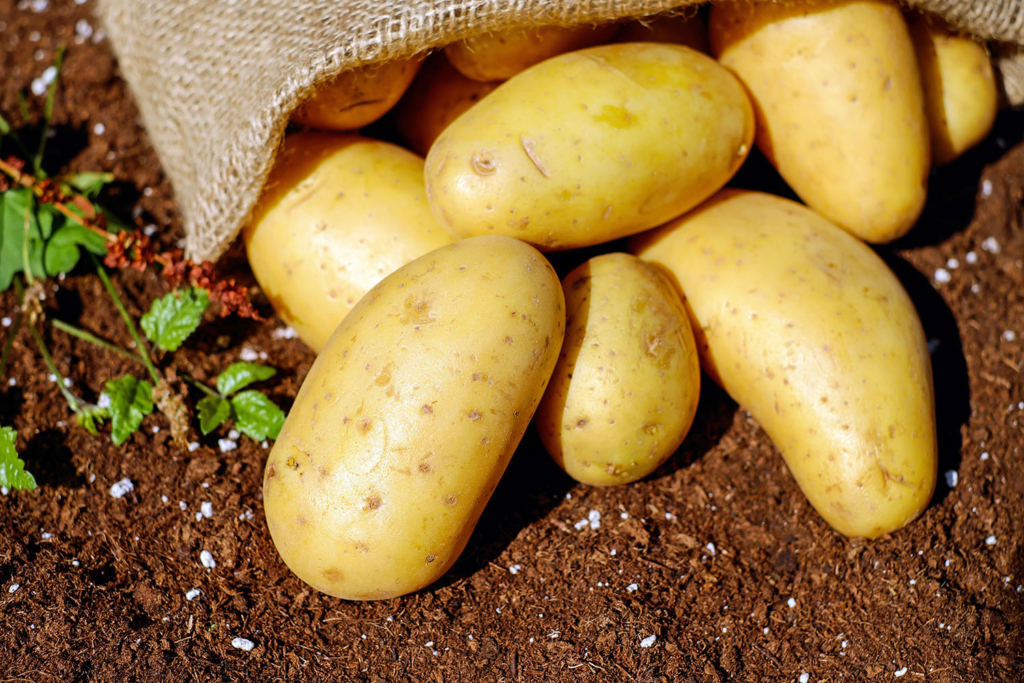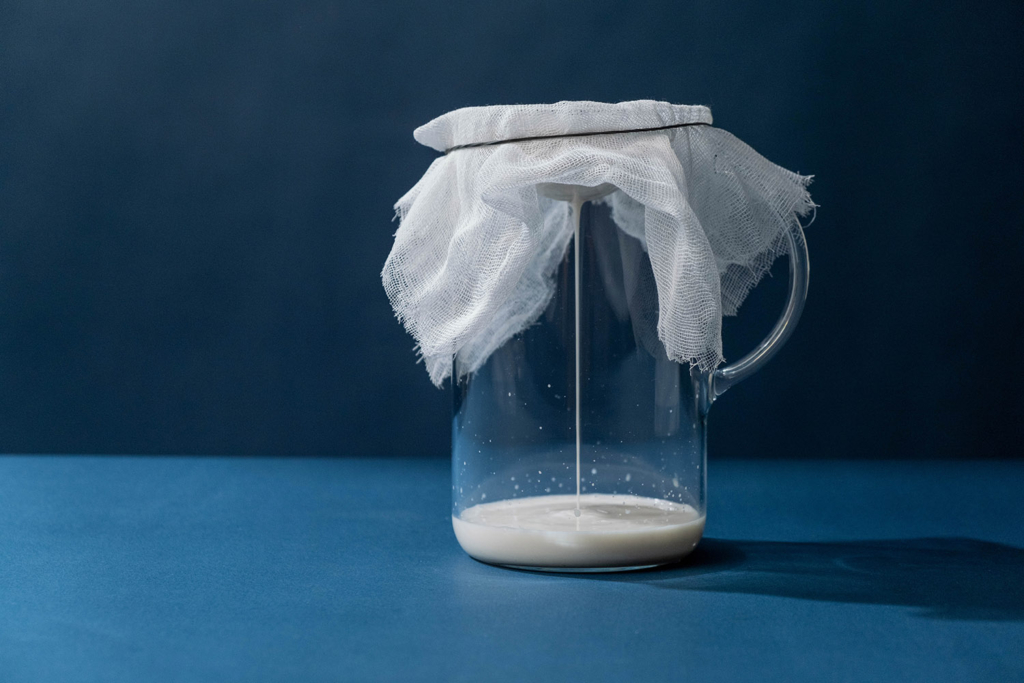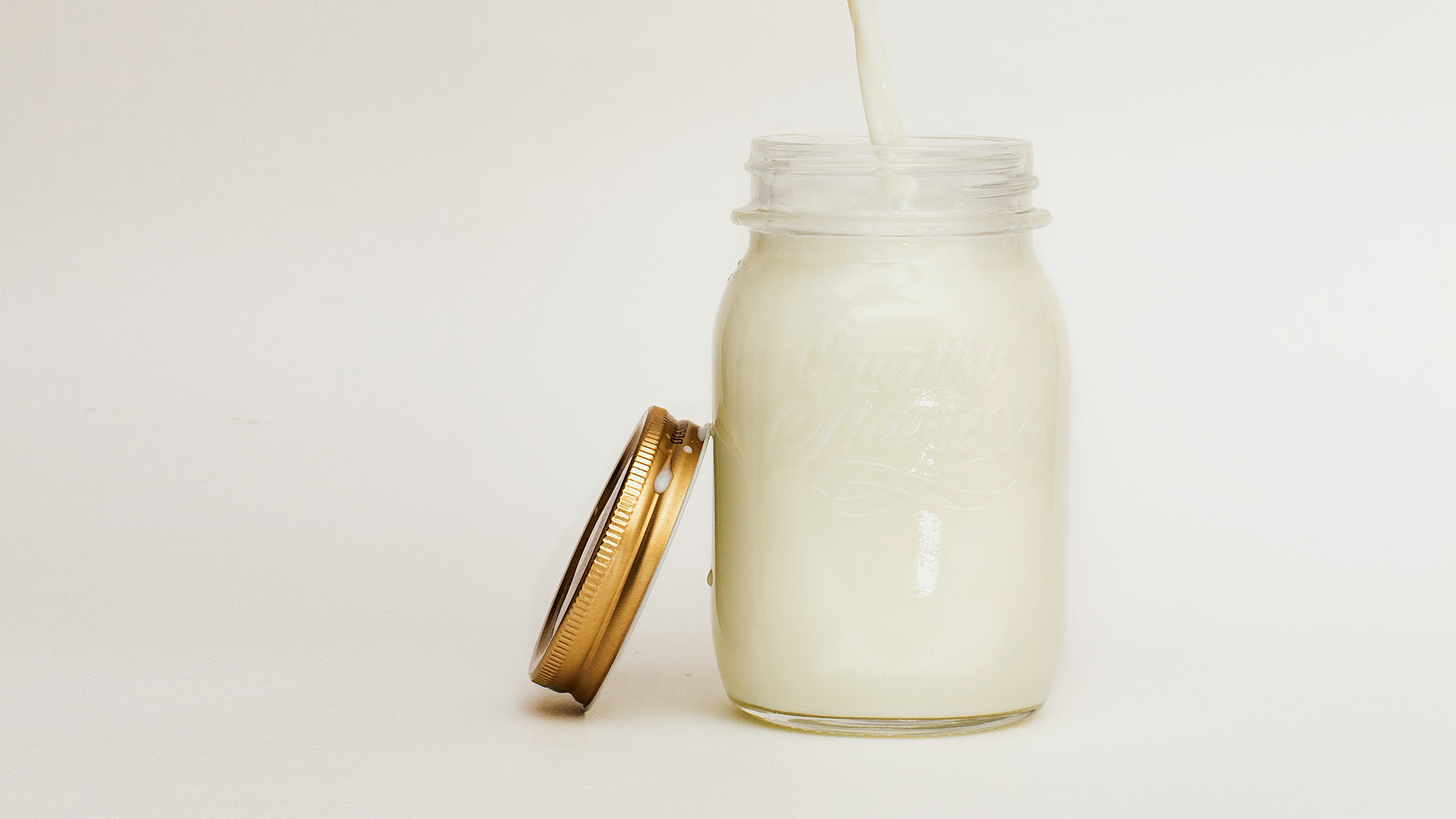Another day, another milk substitute!
Just when you thought oat milk was the next big thing, along comes potato milk to steal the spotlight. While potatoes truly shine on the plate in their baked, mashed and fried manifestations, their naturally high starch content also makes them an ideal contender as a dairy alternative.
Silky Spuds
If you think about it, potatoes have already been the “cream behind the curtain” in soup recipes for ages. Potato leek soup is a perfect example, while puréed broccoli, fennel and carrot soups also get a little help from potatoes for extra silky texture.
Korean cuisine has been in on the secret for years. For example, the red-skinned Korean sweet potato (which is actually white on the inside) makes the basis of the sweet and creamy goguma latte. The original recipe does contain actual milk, too, but it’s a perfect opportunity to sub in some spuds.
Precisely because potatoes are so versatile, they are the ideal candidates to be boiled, whipped and strained into something for everyone. And once you master the DIY technique with a bit of trial and error, you might even get it to foam and thicken.
But remember, cream isn’t just for your coffee: In addition to enhancing your morning cappuccino, you can try potato milk in place of dairy milk or other plant-based milk substitutes in sweet and savoury recipes like macaroni and cheese or pumpkin pie.
Sustainable – And Allergen-Free
Creaminess isn’t the only part of the equation. Potatoes are one of the world’s least allergenic foods, making them a suitable alternative to dairy milk and substitutes made with gluten, soy or nuts. The silky consistency of potato milk, as well as its potential for a nutty or savoury flavour, makes it quite versatile as a stand-in.

Then there’s the eco argument: While other popular milk substitutes, like soy, rice, oats and especially almonds, require excessive water and/or an expanse of space to cultivate, potatoes are a more sustainable crop. They can grow just about anywhere, including outer space! If you’ve never tried it, they’ll even reproduce in a burlap bag on your porch.
And it goes without saying, but potato milk contains no animal by-products (unless you add them yourself).
A Growing Trend
So, what’s behind the rising tide of the tuber milk trend? That may be down to DUG, a Swedish company that’s currently leading the way. They’ve had great success with their three different potato milk varieties – original, barista and unsweetened – all of which are made from a process involving potato emulsion and the addition of rapeseed
The Dug brand uses combinations of water, potatoes, pea protein, chicory fibre, rapeseed oil, a few natural and artificial sweeteners, acidity regulators, calcium carbonate, emulsifiers, natural flavours and added vitamins.
Of course, that sounds pretty complicated, but keep in mind that their products are designed for shipping and shelf stability. If you’re keen to try making potato milk on your own at home, you’re in luck: It may take a few tries to get it right, but if you’ve got a pot, a blender, a strainer and a sack of potatoes you’re more than halfway there.

Homemade Milk, Potato-Style
As with any versatile food, do-it-yourself recipes vary considerably. Potatoes, despite their undeserved reputation for blandness, can actually tend to taste sour or bitter, depending on how they are treated. A little salt will help curb such flavours, but many recipes also call for some type of sweetener to balance things out, like honey, maple syrup, agave or even just good old-fashioned granulated sugar.
Another potential downside to potato milk is that, unlike soy, oat and almond-derived beverages, potatoes are low in protein. However if you’re not allergic to nuts, you can add almonds or hazelnuts to your recipe for a dash of protein. It’s also worth noting that some recipes utilise cream of tartar (tartaric acid, a natural by-product of wine fermentation) as a stabiliser and for added smoothness.
To make your own spud milk, start by peeling and boiling the potatoes in a large pot. You can use just about any type of potato as long as they are pale on the inside. (Yams are a different category altogether.) If you’re adding nuts or oats, remember to pre-soak them, ideally overnight.
When you’re done boiling, save the water, as you’ll need it to emulsify the potatoes along with your other ingredients in a food processor. Add more or less of the cooking water until you achieve your desired thickness and creaminess, then strain through a cheesecloth, tea strainer or otherwise fine sieve.
Potato milk has the typical shelf life of any other dairy-free potato-based dish. Though do keep in mind that, while it may still be good, like any homemade dish the flavours might change with time.














Sorry, the comment form is closed at this time.